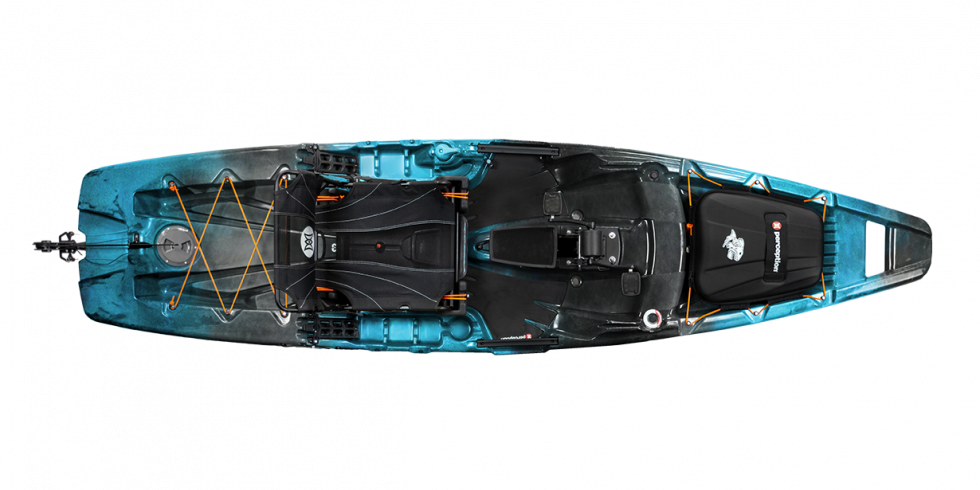
Kayaking 101
Essential Gear
Your gear carries you out and home, protects you from the elements, and assists you in emergencies. All of it should be in good condition and fit your body, skill level and setting. Putting a child in an adult PFD isn’t a smart idea, for example, nor is using that leaky, beater kayak you borrowed at the last minute from your sister’s boyfriend. Make sure the gear is right before your start because once out on the water, it may be too late.
The Must Haves
Don’t launch unless you have these items.
1) A Personal Flotation Device. It’s widely held that humans have difficulty breathing underwater. Be sure your PFD fits, and wear it properly and religiously. The overwhelming majority of serious accidents (deaths and close calls) in paddlesports occur when paddlers are not wearing a Coast Guard-approved PFD.
2) A Paddle. Though the boat may seem the most elemental piece of equipment, it’s the paddle that connects your muscle motor to the water. Consider these features:
- Design. Different paddles are made for each discipline of paddlesport. The best one for a lazy family river trip may not handle a long-distance run.
- Length. Kayak paddles are usually measured in centimeters, with touring ones longer than those for whitewater. Your boat width affects paddle size, too.
- Blade size. The bigger the blade, the more work you’ll do with each stroke. Racers use low surface-area blades so they can stroke at a high rate of repetition without stress injury. Larger blades are better suited to a slower cadence.
- Material. Plastic and aluminum paddles are everywhere. They are inexpensive, durable and low-maintenance. Wood is prized for its beauty and warmth but can vary greatly in weight, strength, cost and symmetry, and requires upkeep. Fiberglass and carbon fiber make for pricey, stiff, and super-lightweight high-performance paddles.
3) A Buddy. Beginning kayakers should never paddle alone. There’s safety in numbers, especially when someone needs to go for help in an emergency.
Dress for Success
Looking cool is one matter, being too cool is another. Because immersion is a major cause of hypothermia, dress for it.
- When the sum of air and water temperatures is below 120 degrees, check out specialized paddling wear like wet suits, dry suits, and the large variety of fuzzy, rubbery apparel available.
- Think in layers. Layers trap air (which provides insulation) and allow for personal climate control.
- Synthetic materials dry quickly, wick moisture away from the body and retain their insulating ability when soggy.
- A coated nylon or Gore-Tex paddling jacket guards against wind and spray.
- Top yourself with a fleece or wool hat to reduce heat loss.
In the tropics, or anywhere it sizzles, lightweight full coverage and frequent applications of waterproof sunscreen are your best defense. Along with frequent swims to cool off. A hate with a wide brim shields you from harmful UV rays. Sturdy footwear is a must, but bulky shoes won’t fit inside most kayaks, are cumbersome, and can seriously compromise swimming. Try lightweight, low-profile watersport shoes, river sandals, or neoprene booties.
Information on this page is provided through our partnership with American Canoe Association (ACA) by staff writer Becky Molina.
For comprehensive guides on paddling, visit the ACA website.

